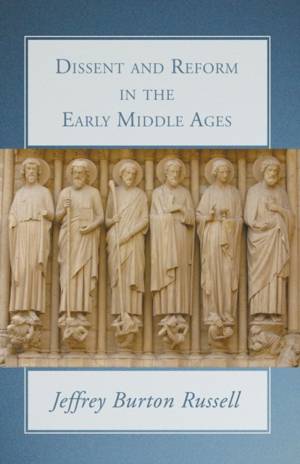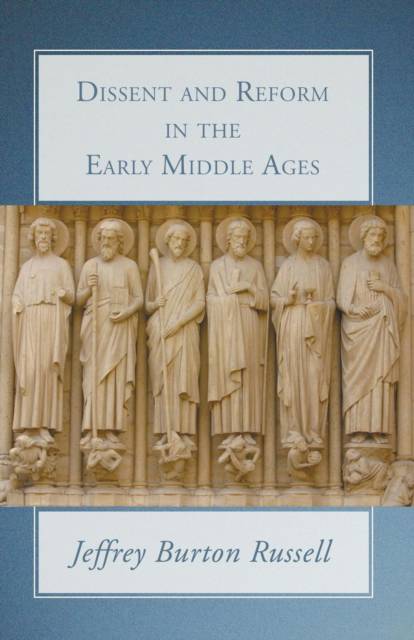
- Afhalen na 1 uur in een winkel met voorraad
- Gratis thuislevering in België vanaf € 30
- Ruim aanbod met 7 miljoen producten
- Afhalen na 1 uur in een winkel met voorraad
- Gratis thuislevering in België vanaf € 30
- Ruim aanbod met 7 miljoen producten
Zoeken
€ 52,95
+ 105 punten
Omschrijving
From the Introduction: The conceptual boundaries of this study...include all varieties of religious dissent, nonconformity, and tension. The chronological limits are from about 700 to about 1150. Before the eighth century dissent was, in the tradition of the heresy of the early Church, theological and priestly. After the middle of the twelfth century the increasing influence of Eastern dualism under the name of Catharism changed the whole emphasis and style of medieval dissent. Between 700 and the mid-twelfth century, however, dissent was typically medieval in its moral and popular emphasis without yet being adulterated by currents from the East. In this period it was closely connected with the growing intensity and diversification of movements of moral and intellectual reform. With these movements and as part of them, dissent was one of the elements shaping medieval civilization.
Specificaties
Betrokkenen
- Auteur(s):
- Uitgeverij:
Inhoud
- Aantal bladzijden:
- 340
- Taal:
- Engels
Eigenschappen
- Productcode (EAN):
- 9781597520867
- Verschijningsdatum:
- 7/02/2005
- Uitvoering:
- Paperback
- Formaat:
- Trade paperback (VS)
- Afmetingen:
- 142 mm x 216 mm
- Gewicht:
- 403 g

Alleen bij Standaard Boekhandel
+ 105 punten op je klantenkaart van Standaard Boekhandel
Beoordelingen
We publiceren alleen reviews die voldoen aan de voorwaarden voor reviews. Bekijk onze voorwaarden voor reviews.











